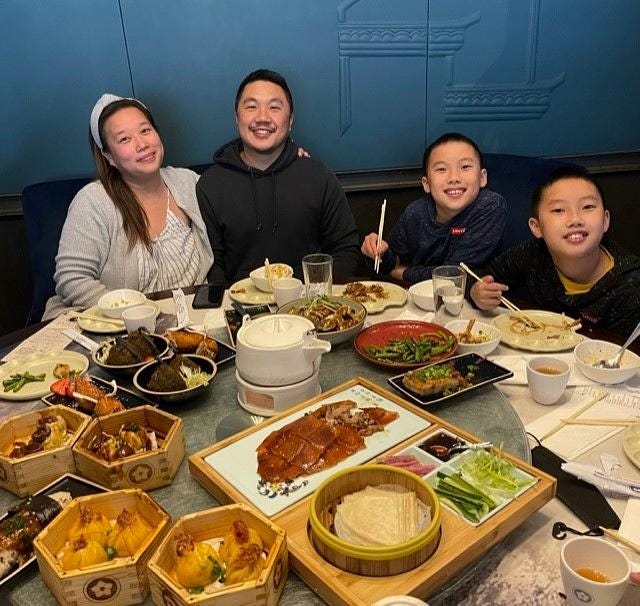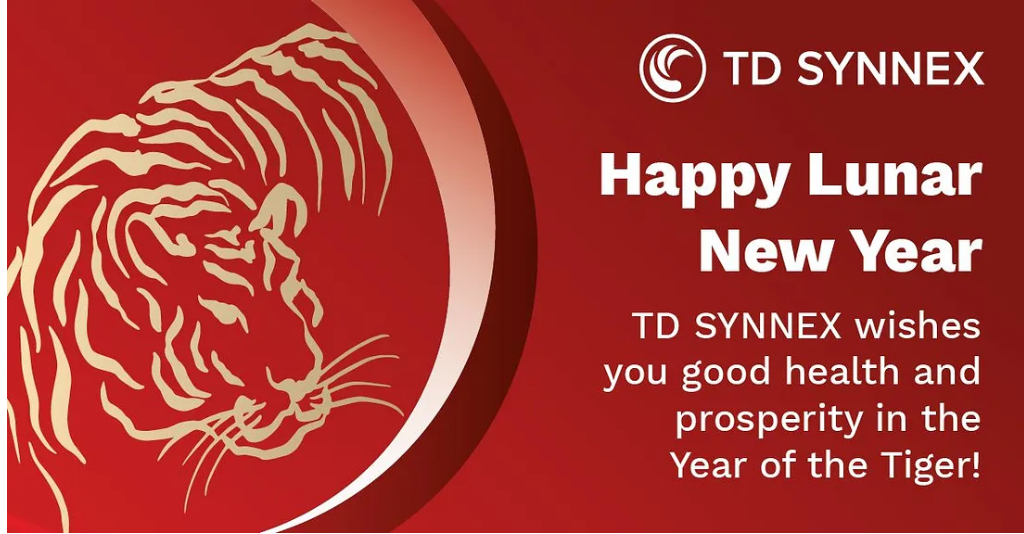Lunar New Year, also called Spring Festival, is celebrated in many Asian countries and around the globe by almost a quarter of the world’s population. The holiday marks the arrival of spring based on the Lunar calendar, beginning with the first new moon of the lunar year and spanning 15 days until the first full moon arrives. This year, Lunar New Year began on Tuesday, Feb. 1.
Did you know?
Lunar New Year is one of the most important holidays among East and Southeast Asian cultures. China, Brunei, Indonesia, Malaysia, North Korea, Singapore, South Korea, and Vietnam all have public holidays which may be several days long for celebration.
While the western world most commonly refers to the holiday as Chinese New Year, Lunar New Year goes by many names which vary from country to country. In China and Singapore, the holiday is called Spring Festival or Chūnjié, while Vietnamese New Year is known as Tết, Korean New Year is known as Seollal, Tibetan New Year is called Losar, and Japanese New Year is Shōgatsu. In China and many other countries, each New Year is represented by one of 12 zodiac animals that reoccur every 12 years. 2022 is the Year of the Tiger, a symbol of strength and bravery.
There are many different ways that people celebrate Lunar New Year! Typical traditions include putting up spring couplets or flowers as decorations, visiting relatives and friends, and giving children red envelopes with money inside to symbolize good luck and prosperity. In China, it is common to set off fireworks to chase away “evil spirits” that could bring sickness in the new year. Many cultures also celebrate with lion and dragon dance performances; lions symbolize strength, stability and superiority, and dragons represent power, boldness and excellence.

Food is another very important element of Lunar New Year celebrations, as different foods symbolize good fortunes in the new year. Fish is commonly eaten as a symbol of prosperity (In China, the word for “fish” is pronounced the same way as the word for “surplus”). Dumplings or spring rolls symbolize wealth, sweet rice balls represent family and togetherness, glutinous rice cakes are eaten in many cultures for higher income and career progression, and noodles bring longevity and happiness.
To our partners, vendors, co-workers, family and friends, may the Year of the Tiger bring you prosperity and good health! To learn more about Lunar New Year, click here or here. To learn how our co-workers around the world celebrate, read on for a few TD SYNNEX Lunar New Year stories!
Stories from Our TD SYNNEX Co-workers:


Chinese Lunar New Year is the most important holiday that family members get together to celebrate. It’s like Christmas in the west. We have some popular and traditional activities to celebrate. We decorate houses with the color red, and people will paste spring poems beside the door and hang lanterns in front of the door to express joy. Kids pay a New Year’s visit to their elders, and the elders give red packets with money to the kids. People believe that giving the red packet to kids can keep children safe and bring them good luck. Kids will also wear new clothes in the first day of the new year for a new start and good luck in the new year. Friends will get together to have fun, like playing mahjong, a very popular game in China. Family members get together to eat a reunion dinner on New Year’s Eve. Different areas in China have their own traditional food; in my hometown, our traditional food for New Year’s Eve is hot pot. Happy Year of the Tiger!
– Robin Wei, Senior Project Lead — IT | Chengdu, China

I always had fond memories of Lunar New Year as a child. I was born and raised in California but my parents made sure I experienced the traditions that they learned growing up in Singapore. In Singapore, Lunar New Year is also called Chūnjié, which means Spring Festival. In the streets, there will be fireworks, parades, and cultural performances. Still today, I see how festive and happy my parents are during this time as this is their favorite holiday of the year. Lunar New Year to me means catching up with all the relatives and eating a lot of delicious foods like dumplings and steamed fish. My wife and I give out red envelopes, also called hongbaos, containing money to our children and younger relatives as symbols of good luck, and in return, they will give us well wishes to kick off the new year. It is important to me to celebrate our traditions with my sons so they can continue to pass it on to the next generation. Wishing everybody a prosperous Year of the Tiger!
– Victor Pang, Senior Manager — Sales | Fremont, California

Since moving to Spain, I’ve had the pleasure of celebrating Lunar New Year with my husband’s parents and family who are originally from China. Since we live on the coast of Spain, our Lunar New Year feast consists of a combination of traditional Chinese dishes and local seafood delicacies. This year was an especially happy occasion since last year the whole family was not able to meet due to COVID-19 restrictions. It was great to be together again and to give my nieces and nephew their hongbao (red envelopes).
- Marie Tornquist, Communications Specialist | Barcelona, Spain
This article was submitted by Kaylee Misch, Diversity, Equity & Inclusion Specialist at TD SYNNEX.
